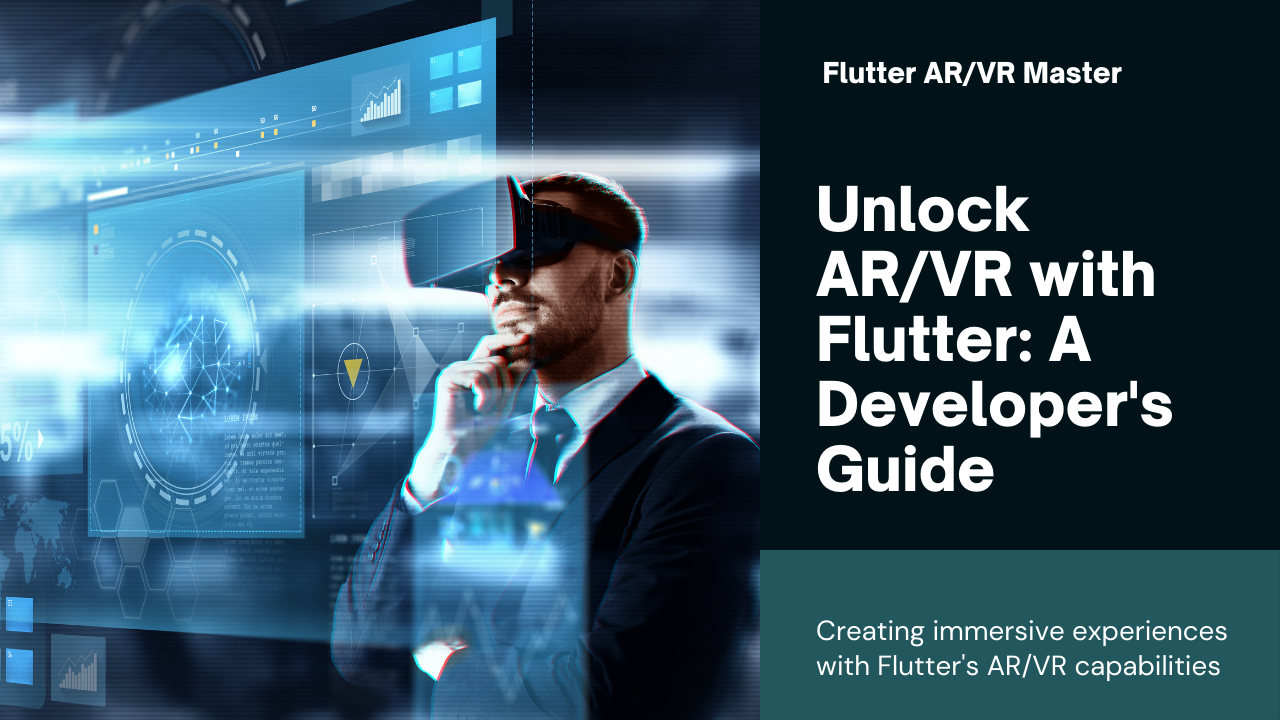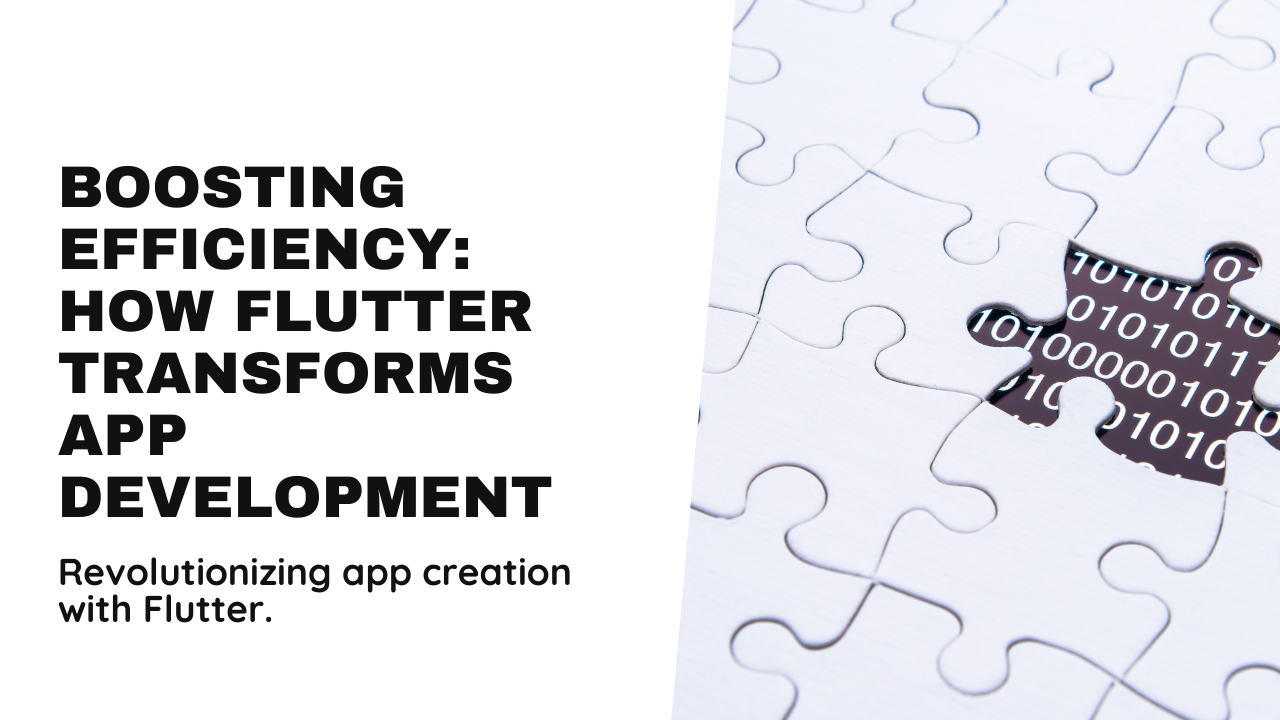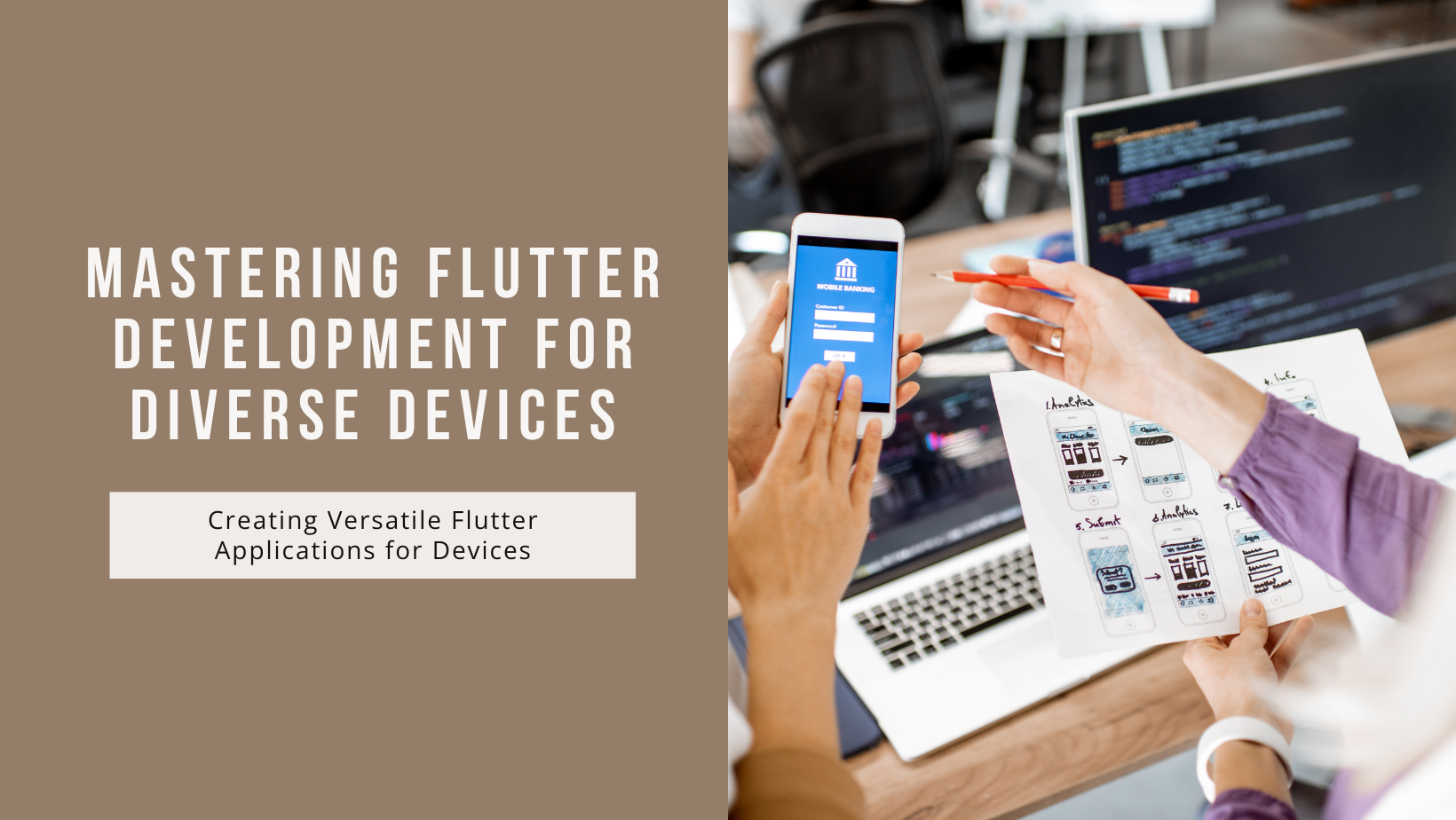As technology evolves, Augmented Reality (AR) and Virtual Reality (VR) are transforming various industries, from gaming and education to healthcare and retail. Flutter, Google’s open-source UI toolkit, has emerged as a powerful framework for developing cross-platform applications. While traditionally associated with mobile app development, Flutter’s capabilities are expanding into AR and VR domains. This blog explores how to leverage Flutter for AR/VR development, detailing its benefits, integration methods, and future potential in these immersive technologies.
Understanding Flutter’s Role in AR/VR Development
Cross-Platform Efficiency
Flutter’s primary strength lies in its cross-platform capabilities, allowing developers to create applications for multiple platforms with a single codebase. This efficiency extends to AR and VR development, where creating separate applications for iOS and Android can be time-consuming and costly. By using Flutter, developers can streamline the process, reducing development time and effort while maintaining a consistent user experience across devices.
Rich UI and Customization
Flutter is renowned for its rich user interfaces and highly customizable widgets. In AR and VR applications, where visual presentation is critical, Flutter’s ability to deliver smooth animations, high-quality graphics, and interactive elements is advantageous. This flexibility allows developers to create immersive experiences with intuitive controls and dynamic visual elements, enhancing user engagement and interaction.
Integrating AR/VR with Flutter
Using ARCore and ARKit
To integrate AR capabilities into Flutter apps, developers typically rely on ARCore (for Android) and ARKit (for iOS). These frameworks provide the necessary tools for building AR experiences, such as motion tracking, environmental understanding, and light estimation. Flutter can interface with these native AR frameworks through platform channels, allowing developers to harness ARCore and ARKit’s features within a Flutter app.
- ARCore Integration:
- Setup: Configure ARCore in the Flutter project by adding dependencies and configuring the Android manifest.
- Features: Utilize ARCore’s capabilities like motion tracking, environmental understanding, and augmented images.
- ARKit Integration:
- Setup: Integrate ARKit in the Flutter project using platform-specific configurations.
- Features: Implement ARKit’s features, including face tracking, 3D object detection, and scene understanding.
Leveraging Third-Party Libraries
Several third-party libraries and plugins can facilitate AR and VR development in Flutter. These libraries often provide pre-built components and integrations for AR/VR features, simplifying the development process. Examples include:
- Flutter ARKit Plugin: Offers a bridge between Flutter and ARKit, enabling AR experiences on iOS devices.
- ARCore Flutter Plugin: Provides integration with ARCore for Android devices, enabling AR functionalities.
- Unity Integration: For advanced VR experiences, developers can use Unity with Flutter by creating a Unity project and integrating it into the Flutter app.
Benefits of Using Flutter for AR/VR Development
Unified Codebase
Flutter’s unified codebase for iOS and Android streamlines the AR/VR development process. Developers can write AR/VR code once and deploy it across multiple platforms, reducing duplication and ensuring consistency in the user experience. This approach accelerates development and simplifies maintenance.
Rapid Development and Prototyping
Flutter’s hot reload feature allows developers to see changes in real-time, which is particularly useful for AR/VR development. Rapidly iterating on designs, animations, and interactions enables faster prototyping and testing of AR/VR features, allowing developers to refine and improve their applications more efficiently.
High Performance
Flutter’s performance is enhanced by its direct compilation to native code and efficient rendering engine. This performance advantage extends to AR/VR applications, where smooth and responsive interactions are crucial for an immersive experience. Flutter’s architecture ensures high frame rates and low latency, providing a seamless AR/VR experience.
Customizable Widgets and Animations
Flutter’s extensive library of customizable widgets and animations allows developers to create rich and engaging AR/VR experiences. Whether designing interactive elements, 3D models, or complex animations, Flutter’s flexibility in UI design supports the creation of visually compelling and user-friendly applications.
Challenges and Considerations
Performance Optimization
While Flutter offers high performance, AR/VR applications often require additional optimization to maintain smooth experiences. Developers must carefully manage resource usage, optimize rendering, and minimize latency to ensure a seamless and immersive experience. Profiling tools and performance analysis are essential for identifying and addressing potential bottlenecks.
Platform-Specific Limitations
Despite Flutter’s cross-platform capabilities, certain AR and VR features may be platform-specific and require custom implementations. Developers need to be aware of these limitations and ensure that their applications provide consistent functionality and performance across different devices and platforms.
Learning Curve
Integrating AR and VR into Flutter apps involves a learning curve, particularly for developers new to AR/VR technologies. Understanding the intricacies of ARCore, ARKit, and third-party libraries is essential for successful integration. Investing time in learning and experimenting with these technologies is crucial for creating high-quality AR/VR experiences.
Future Prospects for Flutter in AR/VR Development
Enhanced AR/VR Capabilities
As Flutter continues to evolve, its support for AR and VR technologies is expected to expand. Future updates may include enhanced integrations with AR/VR frameworks, improved performance optimizations, and additional tools for developing immersive experiences. Staying updated with Flutter’s developments will enable developers to leverage new features and capabilities.
Growing Ecosystem
The Flutter ecosystem is growing rapidly, with an increasing number of plugins, libraries, and community resources. This growth is likely to include more tools and solutions for AR/VR development, making it easier for developers to build advanced and feature-rich applications. Engaging with the Flutter community and exploring new resources will be beneficial for staying at the forefront of AR/VR development.
Cross-Platform Innovations
Flutter’s cross-platform nature will continue to be a significant advantage in AR/VR development. As more devices and platforms adopt AR and VR technologies, Flutter’s ability to provide a unified development experience across multiple environments will become increasingly valuable. This cross-platform approach will facilitate broader reach and compatibility for AR/VR applications.
Conclusion
Flutter offers a robust framework for developing AR and VR applications, combining its cross-platform efficiency, rich UI capabilities, and performance advantages to create immersive and engaging experiences. By integrating ARCore and ARKit, leveraging third-party libraries, and addressing challenges such as performance optimization and platform-specific limitations, developers can harness Flutter’s potential for AR/VR development. As the technology evolves and Flutter’s ecosystem expands, its role in AR/VR development is set to grow, providing new opportunities for creating innovative and impactful applications.







